Search Images
Browse Content (p. 1658)
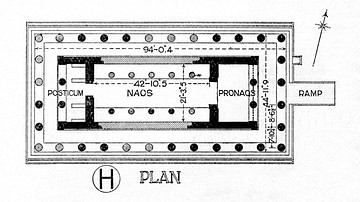
Image
Plan, temple of Aphaia
A plan of the Greek temple of Aphaia, 500-480 BCE.
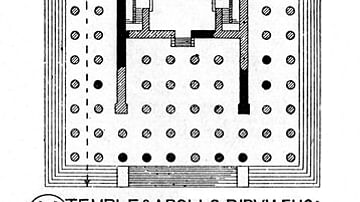
Image
Aerial View of the Temple of Apollo, Miletus
An aerial view (2011 CE) of the temple of Apollo Didymaeus at Miletus (late 4th century BCE).
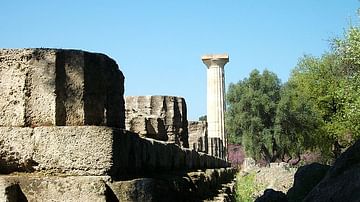
Image
Crepidoma, Temple of Zeus, Olympia
The three steps of the crepidoma or crepis of the temple of Zeus at Olympia (457 BCE).
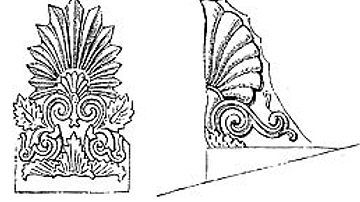
Image
Akroterion
An akroterion (or acroterion), an architectural feature of Classical buildings, particularly temples where they were placed at the apex and extremities of the roof.
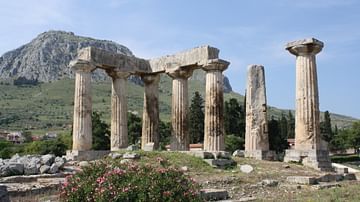
Image
Monolithic Columns, Corinth
The seven remaining columns of the Doric peripteral temple of Apollo at Corinth (550-530 BCE). The columns are monolithic, that is carved from a single piece of stone.

Image
Roman Buttress
Examples of the buttress, a device from Classical architecture to strengthen a wall and increase its load-bearing capacity. Roman houses, Rome.
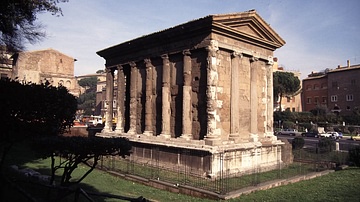
Image
Rear, Temple of Portunus
The 2nd century BCE Temple of Portunus, Rome. The façades carry two engaged Inoic columns.
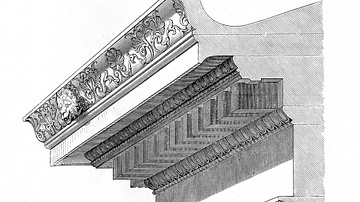
Image
Cornice, Temple of Athena, Priene
The entablature of the Temple of Athena, Priene (Turkey), 340-156 BCE. The cornice decoration includes egg-and-tongue designs and also visible is a lion-head water spout.
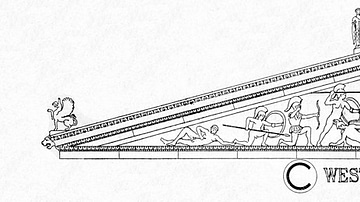
Image
Pediment, Temple of Aphaia
The west pediment of the temple of Aphaia, 500-490 BCE.
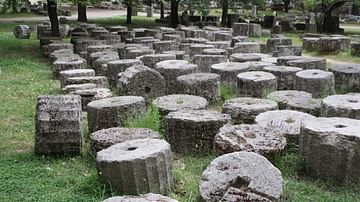
Image
Column Drums, Olympia
Column drums from the temple of Zeus at Olympia, 457 BCE. The central hole can be clearly seen which, with a wooden peg, helped hold the column drums in place.